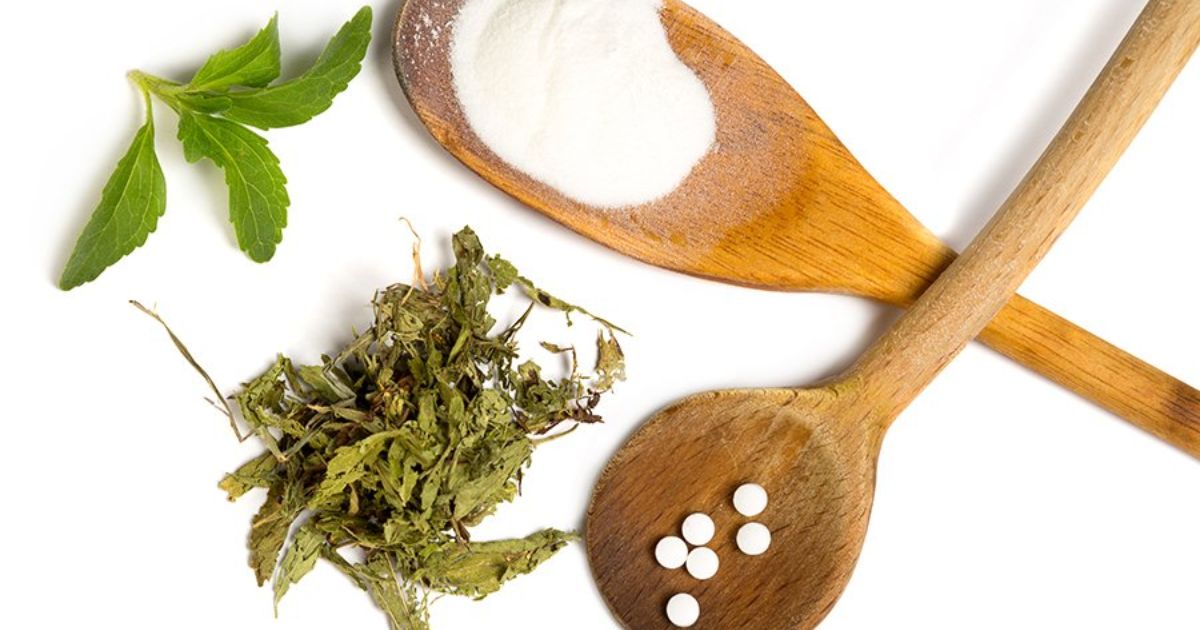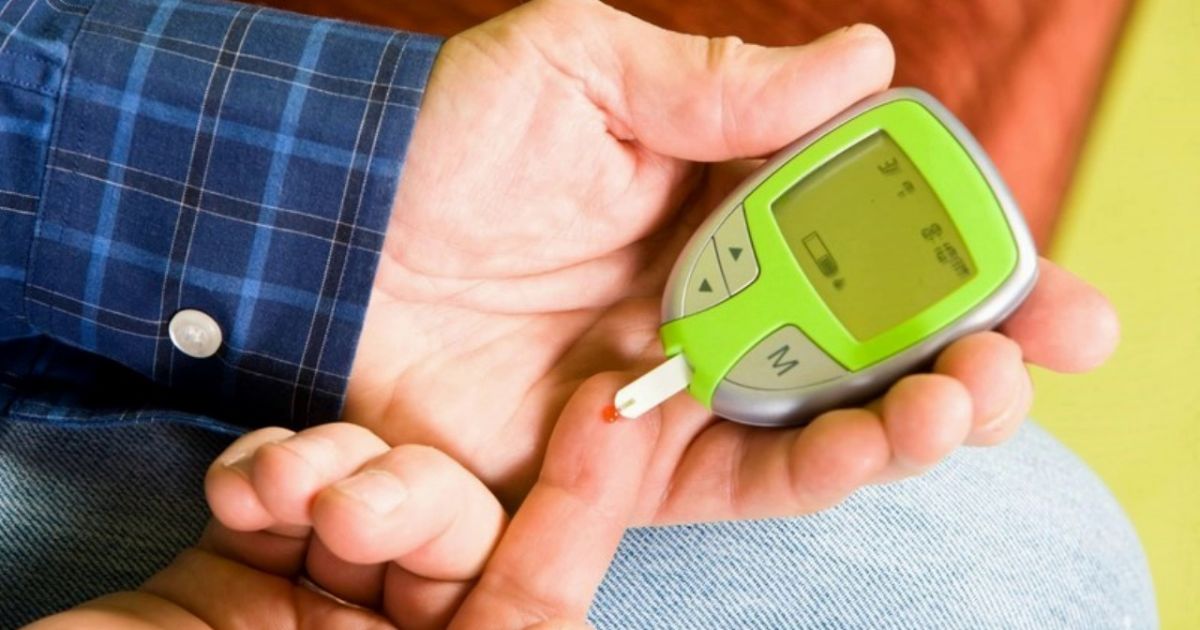In a world where health-conscious consumers seek nourishment and vitality, the presence of fake sugars in our food supply poses a striking contradiction. As we navigate through the aisles of grocery stores, these synthetic sweeteners subtly infiltrate our favorite snacks and beverages, masquerading as healthy alternatives. However, beneath their enticing allure lies a hidden danger that disrupts our metabolic health. In this article, we will explore the intricate web of how fake sugars sneak into our foods and the consequential impact on our well-being.
Key Takeaways
- Artificial sweeteners disrupt normal metabolism and can lead to increased cravings for sugary foods.
- Fake sugars can be labeled under various names, making it challenging for consumers to identify them.
- Manipulation of serving sizes can mislead consumers about their actual sugar intake and lead to overconsumption of sugar.
- Consumption of fake sugars has been linked to conditions like obesity, diabetes, cardiovascular disease, and disruptions in gut microbiota.
The Hidden Dangers of Artificial Sweeteners
Artificial sweeteners pose significant risks to metabolic health and are associated with various adverse effects. Despite their widespread use as sugar substitutes, studies have shown that artificial sweeteners can disrupt the normal functioning of our metabolism. These sweeteners, such as aspartame, sucralose, and saccharin, are often found in diet sodas, low-calorie snacks, and other processed foods. Research has linked their consumption to increased cravings for sugary foods, weight gain, and even an elevated risk of developing type 2 diabetes. Additionally, some studies suggest that artificial sweeteners may negatively impact gut health and disrupt the balance of our gut microbiome, which plays a crucial role in overall metabolic health. These findings highlight the need for greater awareness about the potential dangers of artificial sweeteners and the importance of making informed choices when it comes to our dietary habits.
Transitioning to the next section about the role of food labels in deception, it is crucial to understand how misleading or incomplete information on food labels, as interpreted by a healthcare practitioner, can contribute to the hidden dangers of artificial sweeteners.
The Role of Food Labels in Deception
Food labels play a crucial role in informing consumers about the contents of packaged foods. However, deceptive practices can undermine their effectiveness. One common tactic is the use of hidden ingredient loopholes, where manufacturers can include harmful substances under generic names or within complex ingredient lists. Additionally, deceptive serving size manipulation allows companies to downplay the actual amounts of ingredients, making it difficult for consumers to accurately assess the nutritional value of a product. These practices highlight the need for stricter regulations and transparency in food labeling to protect consumer health.
Hidden Ingredient Loopholes
Often overlooked, the role of food labels in deception plays a significant part in the hidden ingredient loopholes that allow fake sugars to sneak into foods and disrupt metabolic health. Misleading food labels can create confusion and make it difficult for consumers to make informed choices. Here are four ways in which food labels can contribute to hidden ingredient loopholes:
- Ambiguous naming: Manufacturers often use vague terms like “natural flavors” or “sweeteners” instead of explicitly specifying the type of sweetener used, making it challenging for consumers to identify fake sugars.
- Listing tricks: Ingredients are listed in descending order by weight, so manufacturers may use multiple types of sweeteners in small amounts to push them further down the ingredient list, disguising their presence.
- Hidden aliases: Fake sugars can be labeled under various names, such as maltodextrin or dextrose, further obscuring their true identity.
- Serving size manipulation: Manufacturers may manipulate serving sizes to make the sugar content appear lower than it actually is, leading consumers to underestimate their sugar intake.
Deceptive Serving Size Manipulation
One way in which food labels contribute to deception is through deceptive serving size manipulation, which can mislead consumers about their actual sugar intake. Manufacturers often manipulate serving sizes to make their products appear healthier than they actually are. By reducing the serving size, the amount of sugar per serving appears lower, leading consumers to believe they are consuming less sugar than they actually are. This deceptive practice can have serious consequences for metabolic health, as excessive sugar consumption has been linked to obesity, diabetes, and other chronic diseases.
To highlight the deceptive nature of serving size manipulation, consider the following table:
| Product | Original Serving Size | Manipulated Serving Size |
|---|---|---|
| Cereal A | 1 cup | 0.5 cup |
| Yogurt B | 8 oz | 4 oz |
| Juice C | 16 fl oz | 8 fl oz |
As seen in the table, reducing the serving size by half effectively cuts the amount of sugar in half, making the product appear healthier. This tactic can mislead consumers and contribute to the overconsumption of sugar.
This deceptive serving size manipulation often goes hand in hand with the use of fake sugars by manufacturers, as they aim to sweeten the deal without raising sugar content.
Sweetening the Deal: How Manufacturers Use Fake Sugars
Manufacturers often use fake sugars to sweeten their products, but this practice comes with hidden health risks. These artificial sweeteners can disrupt metabolic health and contribute to conditions such as obesity, diabetes, and cardiovascular disease. Furthermore, misleading labeling practices can make it difficult for consumers to identify and avoid these harmful additives, highlighting the need for increased transparency and regulation in the food industry.
Hidden Health Risks
Using subordinating conjunctions, manufacturers incorporate fake sugars into foods, posing hidden health risks that can disrupt metabolic health. These hidden health risks associated with fake sugars are a cause for concern and should not be taken lightly. Here are four important points to consider:
- Metabolic Disruption: Fake sugars can disrupt the body’s metabolic processes, leading to imbalances in blood sugar levels and insulin resistance. This can increase the risk of developing metabolic disorders such as type 2 diabetes and obesity.
- Appetite and Weight Gain: Consumption of fake sugars may not satisfy the body’s natural craving for sweetness, leading to increased appetite and overconsumption of calories. This can contribute to weight gain and difficulty in maintaining a healthy body weight.
- Gut Microbiome Alteration: Fake sugars can negatively impact the composition and diversity of the gut microbiome, which plays a crucial role in overall health. Imbalances in the gut microbiome have been linked to various health issues, including inflammation and metabolic dysfunction.
- Long-term Health Effects: Although fake sugars are marketed as a healthier alternative to natural sugars, long-term consumption may have detrimental effects on metabolic health. Further research is needed to fully understand the potential risks associated with the prolonged use of fake sugars.
It is important to be aware of these hidden health risks and make informed choices when it comes to consuming foods containing fake sugars.
Misleading Labeling Practices
Continuing the discussion on hidden health risks associated with fake sugars, the misleading labeling practices employed by manufacturers play a significant role in how these artificial sweeteners find their way into our foods. Manufacturers often use deceptive techniques to mislead consumers into thinking that a product is healthier than it actually is. One common tactic is to use terms like “sugar-free” or “no added sugars” on the packaging, which gives the impression that the product is devoid of any sweeteners. However, what consumers may not realize is that these products often contain artificial sweeteners such as aspartame, sucralose, or saccharin. Additionally, manufacturers may also use terms like “natural” or “healthy” to create a sense of trust and appeal to health-conscious consumers. This misleading labeling not only undermines consumers’ ability to make informed choices but also contributes to the widespread consumption of fake sugars. Now, let’s delve into the impact of these artificial sweeteners on metabolic health.
Impact on Metabolic Health
The widespread use of artificial sweeteners in food products has been shown to have a significant impact on metabolic health. These sugar substitutes, often marketed as healthier alternatives to traditional sugar, can disrupt the body’s natural metabolic processes. Here are four ways in which the consumption of fake sugars can affect metabolic health:
- Increased hunger and cravings: Artificial sweeteners can trick the brain into expecting a calorie-rich meal, leading to increased hunger and cravings for sweet foods.
- Altered gut microbiota: Fake sugars can negatively affect the composition and diversity of gut bacteria, which play a crucial role in regulating metabolism.
- Impaired glucose regulation: Some studies suggest that artificial sweeteners may interfere with glucose regulation, potentially increasing the risk of type 2 diabetes.
- Weight gain and obesity: Contrary to popular belief, consuming artificial sweeteners has been associated with weight gain and an increased risk of obesity.
These findings highlight the need for further research and cautious consumption of artificial sweeteners to maintain optimal metabolic health.
Breaking Down the Process of Sugar Substitution
Artificial sweeteners are frequently utilized to replace sugar in various food products, thereby necessitating an exploration of the intricate process of sugar substitution. The use of these sweeteners involves a careful selection and combination of different compounds to mimic the taste and texture of sugar. Manufacturers often employ a variety of sugar substitutes such as aspartame, saccharin, sucralose, and stevia, each with its own unique properties. To understand the process of sugar substitution better, let’s take a look at the following table:
| Sugar Substitute | Sweetness Level compared to Sugar | Caloric Content | Commonly Used in |
|---|---|---|---|
| Aspartame | 200 times sweeter | Zero calories | Diet sodas, gums |
| Saccharin | 300-500 times sweeter | Zero calories | Baked goods, diet drinks |
| Sucralose | 600 times sweeter | Zero calories | Diet products, beverages |
| Stevia | 200-350 times sweeter | Zero calories | Natural sweeteners, drinks |
Understanding the different properties and applications of these sugar substitutes is crucial in evaluating their impact on metabolic health.
The Impact on Metabolic Health: Weight Gain and Insulin Resistance
One significant consequence of consuming fake sugars is an increased risk of weight gain and insulin resistance. Fake sugars, also known as artificial sweeteners or non-nutritive sweeteners, are commonly found in a wide range of processed foods, beverages, and dietary products. These substances are designed to provide sweetness without the added calories of sugar. However, research suggests that consuming fake sugars may have negative effects on metabolic health. Here are four key ways in which fake sugars can impact weight gain and insulin resistance:
- Increased appetite: Fake sugars can disrupt the body’s natural hunger and satiety signals, leading to an increased appetite and potentially overeating.
- Altered gut microbiota: Consumption of fake sugars may negatively affect the composition of the gut microbiota, which plays a crucial role in regulating metabolism and maintaining a healthy weight.
- Impaired insulin response: Fake sugars can interfere with insulin signaling and reduce the body’s ability to regulate blood sugar levels effectively, potentially leading to insulin resistance.
- Disrupted metabolic hormones: Some studies suggest that fake sugars may disrupt the production and release of metabolic hormones, such as leptin and ghrelin, which are involved in appetite regulation and energy balance.
Unraveling the Link Between Artificial Sweeteners and Chronic Diseases
Consuming fake sugars has been linked to the development of chronic diseases, providing further evidence of the detrimental impact of these artificial sweeteners on metabolic health. Research has shown that artificial sweeteners, such as aspartame, sucralose, and saccharin, can disrupt the body’s normal metabolic processes and contribute to the development of conditions like obesity, type 2 diabetes, cardiovascular disease, and even certain types of cancer.
To illustrate the potential harm of artificial sweeteners, let’s consider a comparative table:
| Artificial Sweetener | Chronic Diseases Linked |
|---|---|
| Aspartame | Obesity, Diabetes |
| Sucralose | Cardiovascular Disease |
| Saccharin | Certain Cancers |
These findings highlight the need for further research and caution when it comes to the consumption of artificial sweeteners. It is crucial to make informed choices about sweeteners and prioritize natural alternatives to minimize the risk of developing chronic diseases.
The Surprising Places You’ll Find Fake Sugars
Fake sugars infiltrate various food products, often camouflaging themselves under different names and disguises, making it crucial for consumers to be vigilant about their presence. These artificial sweeteners can be found in unexpected places, beyond just the obvious diet sodas and sugar-free snacks. Here are four surprising places you’ll find fake sugars:
- Condiments and salad dressings: Many brands add artificial sweeteners like sucralose or aspartame to enhance the flavor of their products.
- Yogurts and flavored milk: Even supposedly healthy options can contain artificial sweeteners to make them taste sweeter without adding calories.
- Baked goods and desserts: Low-sugar or sugar-free versions often rely on fake sugars to mimic the taste and texture of traditional treats.
- Medications and supplements: Some liquid medications, chewable tablets, and dietary supplements contain artificial sweeteners to improve palatability.
Being aware of these hidden sources of fake sugars is essential for individuals trying to reduce their consumption and maintain their metabolic health. Reading ingredient labels carefully can help consumers make informed choices and avoid unnecessary exposure to artificial sweeteners.
Taking Control: How to Avoid Fake Sugars in Your Diet
To maintain control over your diet and avoid the detrimental effects of fake sugars, it is essential to be proactive in identifying and eliminating their presence in your food choices. Fake sugars, also known as artificial sweeteners, are commonly added to a wide range of processed foods and beverages, often marketed as “diet” or “sugar-free” options. However, research has shown that consuming these artificial sweeteners may lead to metabolic disruptions and negative health outcomes. To avoid fake sugars in your diet, it is important to read food labels carefully and look for ingredients such as aspartame, sucralose, and saccharin. Opt for whole, unprocessed foods whenever possible and choose natural sweeteners like stevia or monk fruit as healthier alternatives. By being vigilant and making informed choices, you can maintain a balanced and healthful diet while avoiding the potential risks associated with fake sugars.
Frequently Asked Questions
What Are the Specific Artificial Sweeteners That Are Commonly Used in Food Products?
Artificial sweeteners commonly used in food products include aspartame, sucralose, saccharin, and acesulfame potassium. These additives provide sweetness without the calories of sugar, but research suggests they may have negative effects on metabolic health.
Are There Any Regulations or Guidelines in Place to Control the Use of Artificial Sweeteners in Food?
There are several regulations and guidelines in place to control the use of artificial sweeteners in food. These include maximum allowable levels, labeling requirements, and safety assessments conducted by regulatory agencies to ensure consumer protection and public health.
How Do Manufacturers Justify the Use of Fake Sugars in Their Products?
Manufacturers justify the use of fake sugars in their products by emphasizing their low-calorie or sugar-free nature, appealing to consumers’ desire for healthier options. They argue that these substitutes can help manage weight and control blood sugar levels.
Can You Explain the Process of Sugar Substitution and How It Affects the Taste and Texture of Food?
Sugar substitution is a common practice in food manufacturing, aimed at reducing caloric content. It involves replacing natural sugars with artificial sweeteners. This process can affect the taste and texture of food, often resulting in a less satisfying experience for consumers.
Are There Any Alternative Sweeteners That Are Considered Safe and Healthy for Consumption?
Alternative sweeteners that are considered safe and healthy for consumption include stevia, monk fruit extract, and erythritol. These sweeteners provide sweetness without the negative health effects associated with fake sugars, making them a suitable choice for individuals looking to reduce their sugar intake.
Conclusion
In conclusion, the infiltration of fake sugars in our food supply is a concerning issue that poses a threat to our metabolic health. The deceptive tactics used by manufacturers to substitute real sugars with artificial sweeteners are contributing to weight gain and insulin resistance, ultimately leading to chronic diseases. It is crucial to be vigilant and avoid these hidden dangers by carefully reading food labels and making informed choices about the foods we consume. Our health is at stake, and taking control of our diet is essential.









